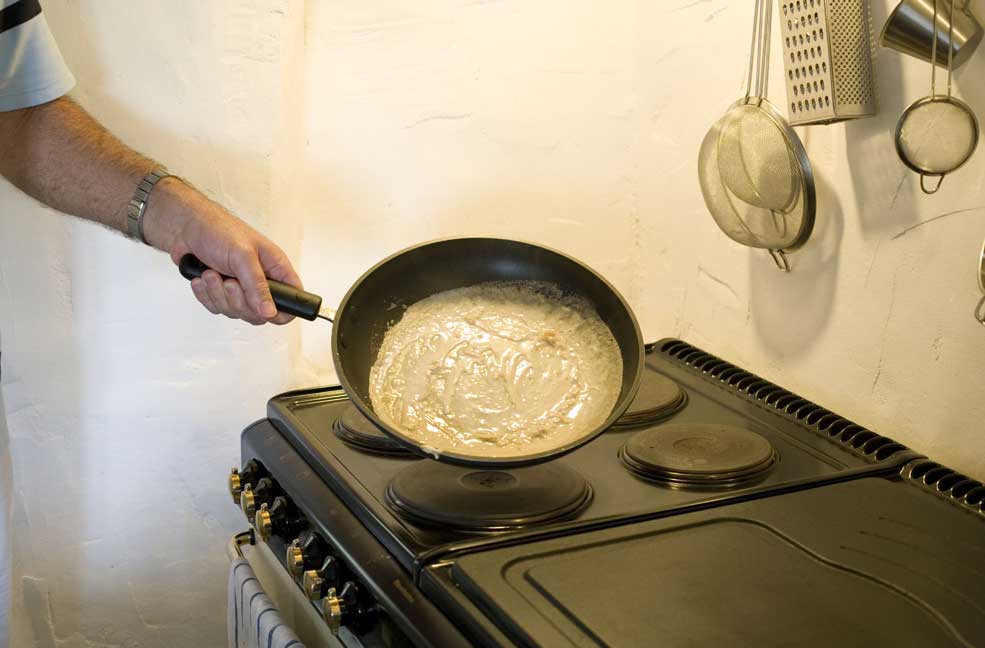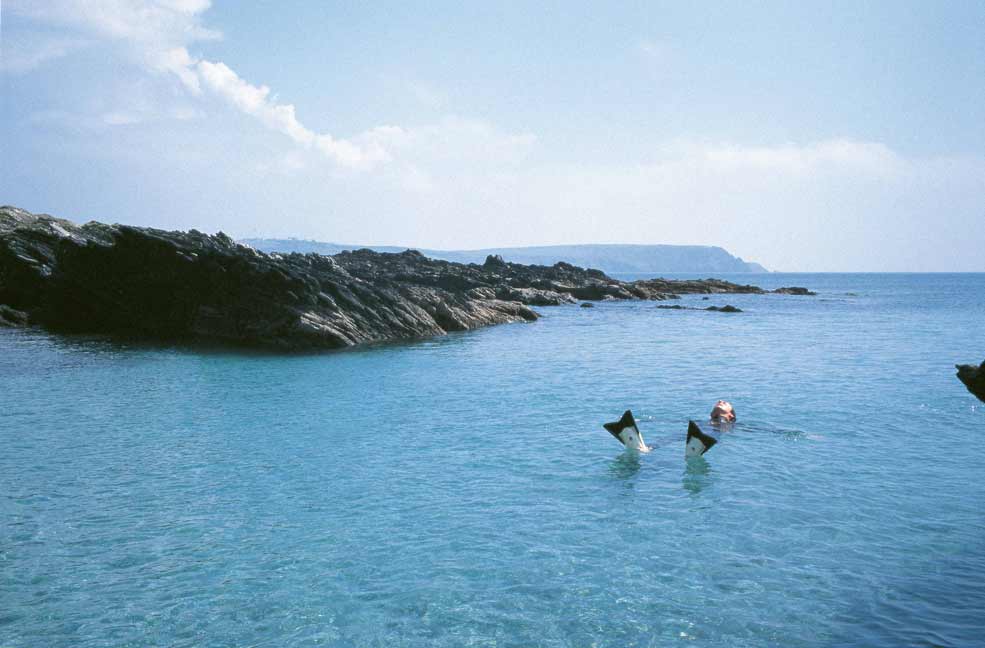You’ve used up all the Christmas leftovers and spent out on the New Year sales, so now a little thriftiness wouldn’t go amiss.
It may be mid-winter outside, but Mother Nature stills offers plenty of freebies to stock up the fridge with. If you’re prepared to go look. We’ve got a few hints and tips inspired by our very own foraging experience, to help you eke out what’s available at the beginning of the year.
Take a walk, and see if you can spot some of the following. If you fancy any of it, make sure you do your own research to ensure you know exactly what it is you’re eating as you should never eat anything if you have any doubt as to what it is. Also, only pick samples as you may need the landowners’ permission to take any more.
Treasures from the sea
A good place to start is the seashore to find some food as it’s not so severely affected by seasonal changes. Just beware the tides! Or if you’d rather avoid getting wet, stick to the coastal paths and don’t get too close to the edge.

Cockles
Found in estuaries and creeks throughout the year, as well as mid-tidal shorelines and bury themselves a couple of inches under the sand, so get raking. They look like small fat clams in shades of yellow and brown, but can be quite blue in the estuaries. You’ll need to give them a good soak in fresh water to remove any sand before eating.
They have a delicate salty flavour and can be eaten raw with vinegar and brown bread. Or throw them in a stew or soup – they don’t take long to cook. Alternatively, try cockle popcorn by mixing a little flour and water into a batter and fry in rapeseed oil.
Mussels
Peak season for collecting is October to March and you should make sure you collect them from unpolluted waters. They have long blue black shiny oval shells and are found clinging to rocks/wood and other solid surfaces along the shoreline.
Choose mussels that have intact shells, are tightly closed and do not float. Tap any open mussels and get rid if they do not close. To eat, scrub the shells clean and pull out any ‘beards’, soak and rinse well. They must be eaten as soon as possible and can be boiled, steamed, smoked, fried in butter, roasted in the oven or even put on a barbecue. Eat once open (but not the ones that stay closed).
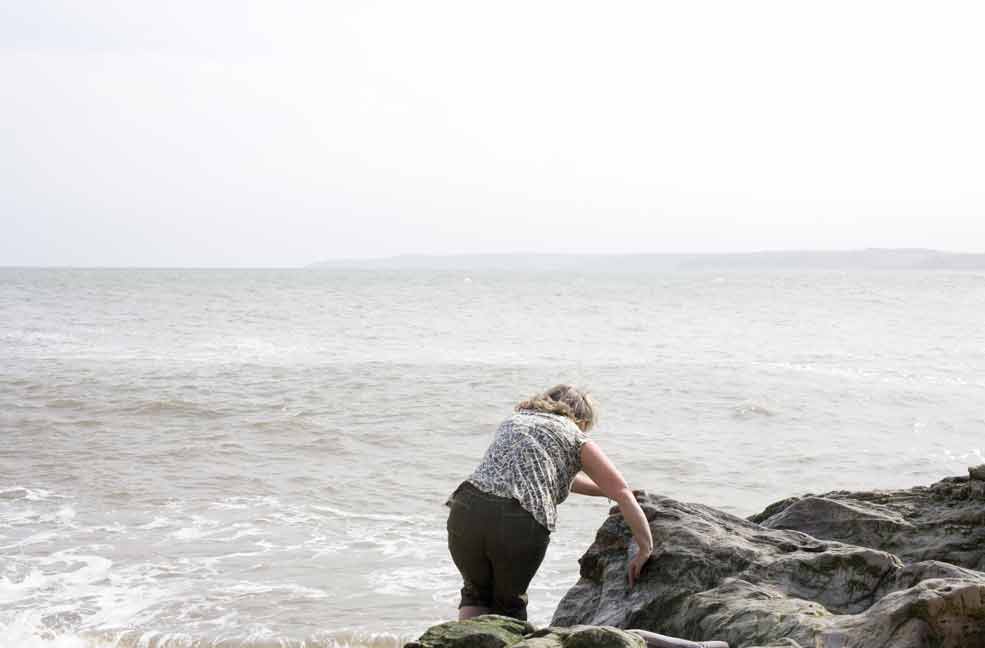
Oysters
Should only be eaten when there is an ‘r’ in the month, so September to April and can be found on rocky reefs at low tide. They are recognised by their large rough shell, one side being flat and the other convex. Serve raw, with lemon juice or grill, fry, poach, steam or bake. If you’re lucky enough to find them, only take a couple as they’re getting harder and harder to find.
Winkles
Pick these small sea snails off the rocks at low tide before rinsing well and soaking in salted water. Boil for a few minutes and extract the meat with a toothpick. Discard the hard ‘foot’ and dip the rest in garlic, mustard, salted vinegar or hot butter.
Sea Spinach
Found along the upper half of beaches throughout the country, and doesn’t look too dissimilar to ordinary spinach except the leaves are thicker, shiny and more triangular in shape. The entire plant is edible and can be used just as you would any other spinach. However, you are not allowed to remove the roots without permission!
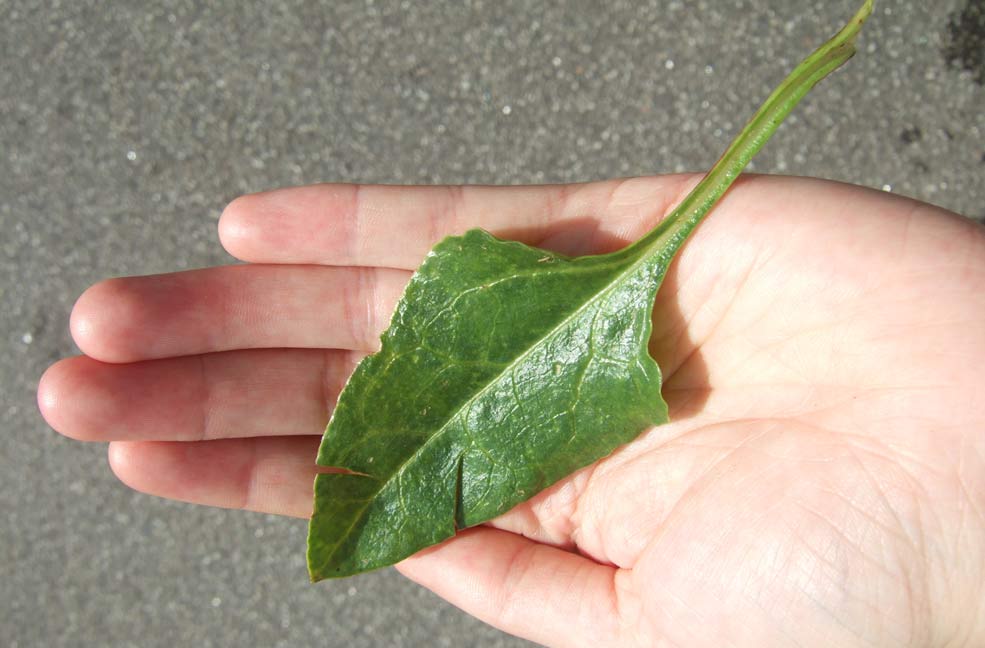
Dulse
A flat fleshy frond with a dark beetroot colour that grows on rocks. Cut the strands rather than ripping them off the rocks at low tide so it can re-grow. Rinse and allow it to dry out and it can be used raw in salads or fried.
Sea Holly
Available all year round amongst the sand dunes, but only flowering in the summer, the roots can be boiled or roasted and used to be candied in the olden days. It has spiky blue/green leaves with white veins and when flowering looks a lot like a thistle, with blue flowers.
Rock Samphire
Can be dangerous to collect in its natural cliffside habitat, but luckily it was cultivated for gardens so can often be found growing on walls by the coast. It has fleshy narrow leaves and a salty, almost peppery taste. If you like the natural flavour, use it raw in salads, or else give it a quick boil and toss in olive oil or butter. It is also good pickled.
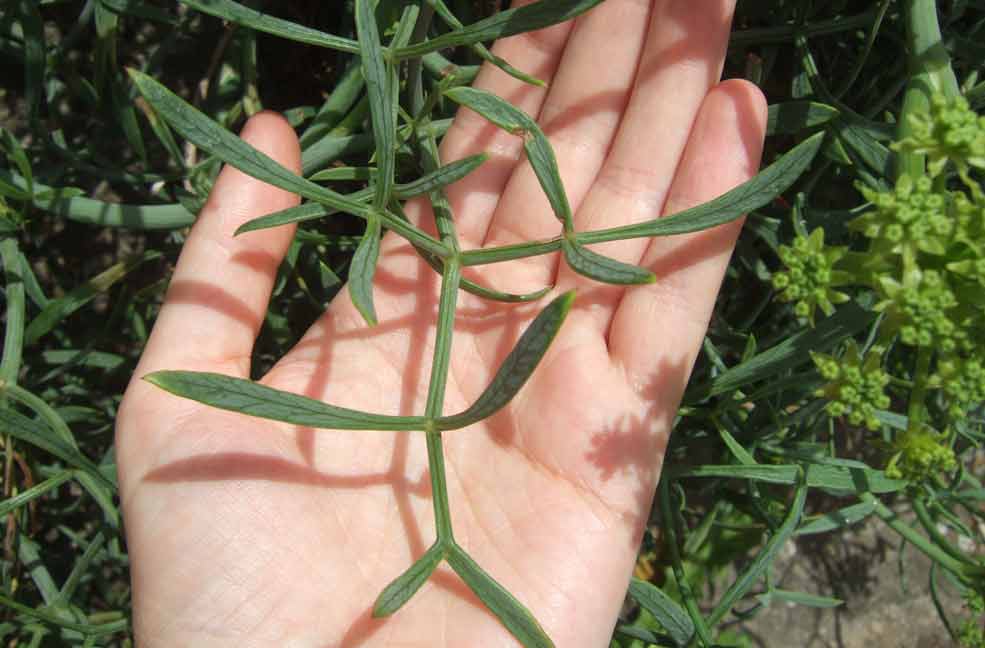
If you fancy more of a challenge, go out fishing for Brill, Halibut, Jake, Haddock, John Dory, Lemon Sole, Sea Bass or Turbot, all around at this time of year. If you leave it till February you could get yourself some scallops and salmon in the right places.
Of course there are plenty of farmers’ shops and markets around if the idea isn’t feasible…
Stay in a holiday cottage near the sea>

Land-lubbers grub
If you don’t live near the sea, then the hedgerow is the place to go. There should be plenty of leaves and berries ripe for the picking, but make sure you know what they are before indulging – many plants are poisonous.
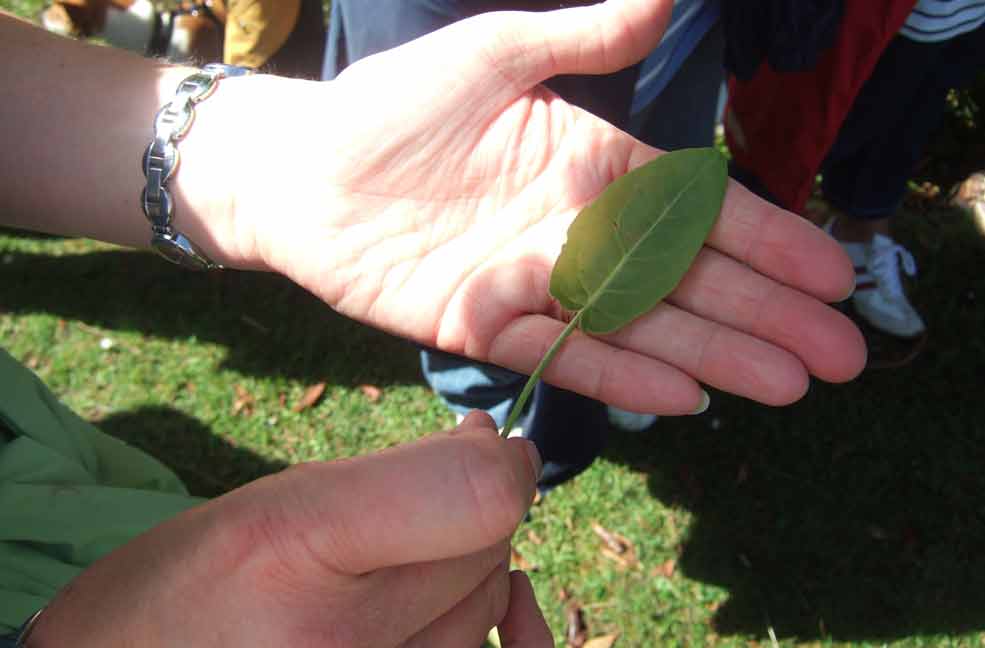
Gorse
Found on moorlands, harsh landscapes and wasteland, this dense spiky bush has vivid yellow flowers throughout the winter that can be eaten raw in salads, or made into fruit tea or wine. A good tip – wear gloves!
Cleavers (goosegrass)
Often found spreading from the hedge bottom into crop fields, many dog owners will know this plant for the burrs that get stuck into animal fur! Known by children as ‘sticky bud’ it is relatively easy to find and collect – just walk through a patch and have it attach itself to you. It is medicinal but too much is a laxative, and is a bit of a strange texture to eat raw in salads, however its seeds make a great coffee substitute.
Chickweed
One of the most common weeds, it grows along roadsides, riverbanks, cliffs and in gardens. It forms a mat of small round, pointed leaves and has small white flowers. Used in folk medicine it can be eaten raw in salads.
White Dead Nettle
Looks like your average stinging nettle (below), but doesn’t sting! And has white flowers gathered under the leaf crops. Found pretty much anywhere and everywhere, on verges, woodlands, roadsides and hedgerows, the flowers and young leaves can be eaten raw or blanched like spinach.
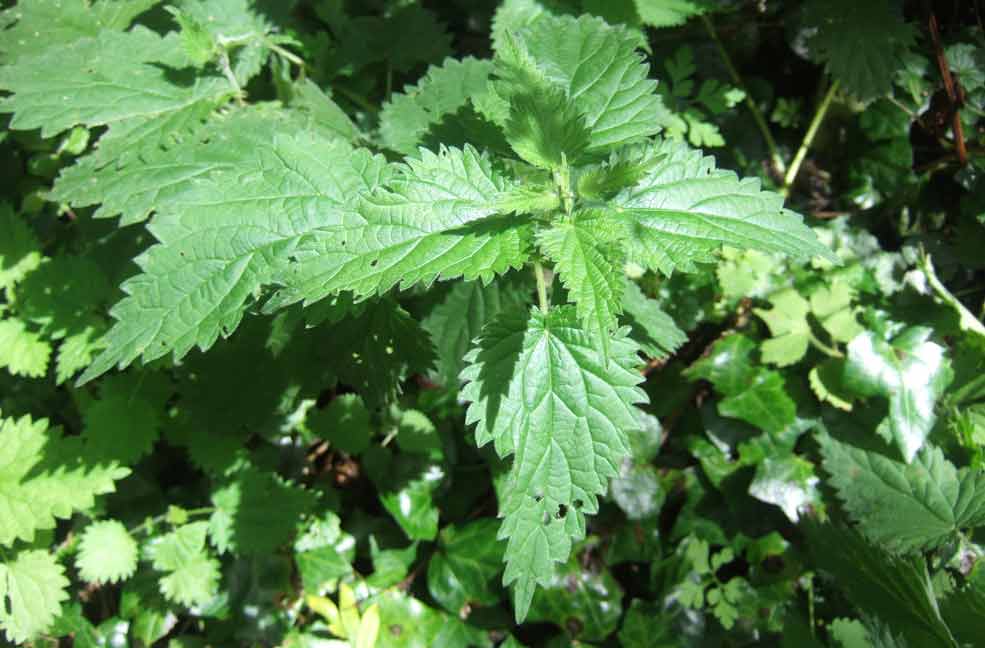
Navelwort
At this time of year is a leafy plant of circular fleshy leaves with a dimple in the middle like a bellybutton (hence, navel) and is found in shady damp areas and in cracks of walls. The young leaves are good in salads, or else stir-fries or soups.
Garlic Mustard
In shady damp areas such as under hedgerows, it looks a little like a delicate hairless stinging nettle, with groups of tiny white flowers at the top. Crush a leaf to identify the mild garlic smell and use as a garlic flavouring in salads, sauces, soups etc.
Stay in a rural holiday cottage >
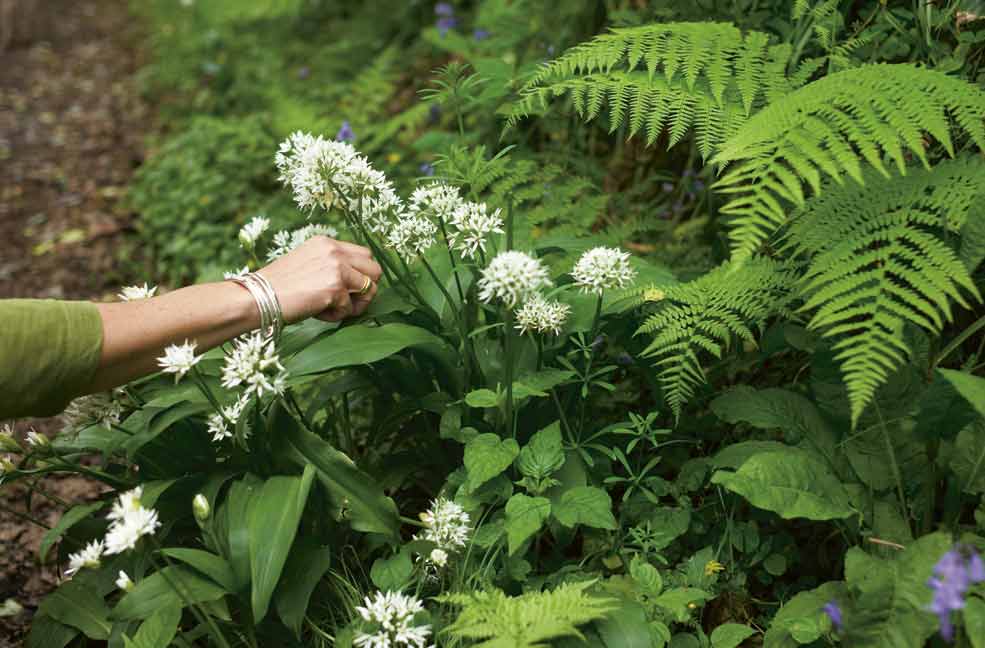
And one last suggestion, for those of you who like to try something a little different, apparently woodlice taste like prawns… dry toast them over an open fire and use to garnish your salads?!
Stay in your own holiday home>



